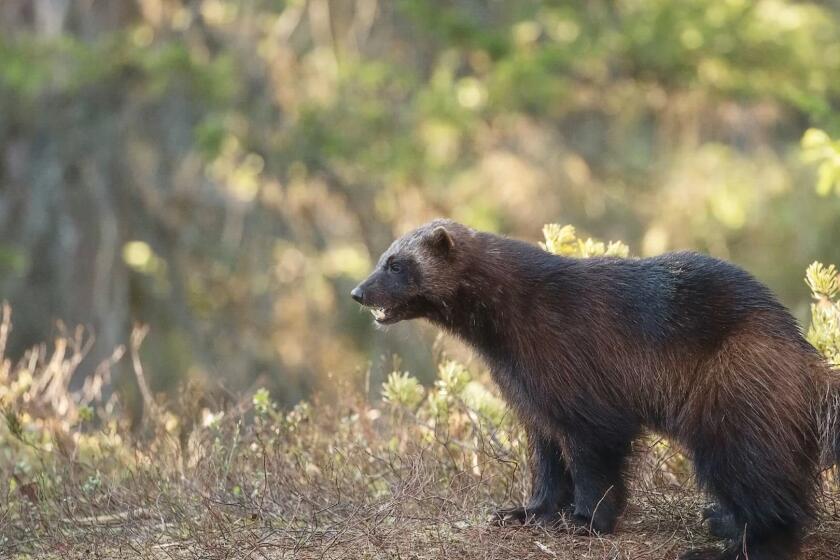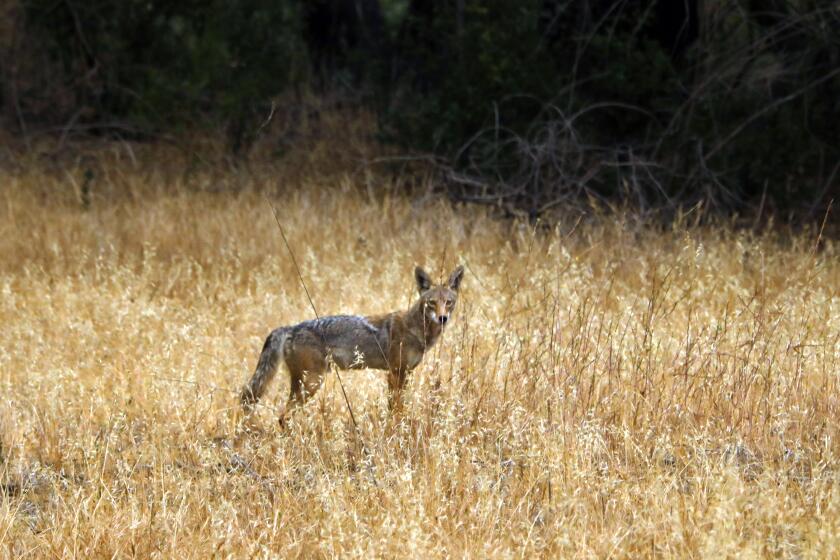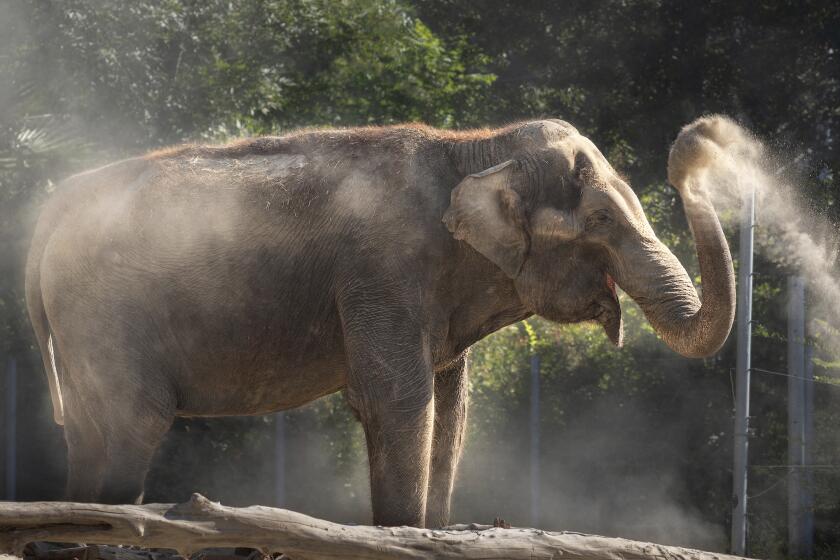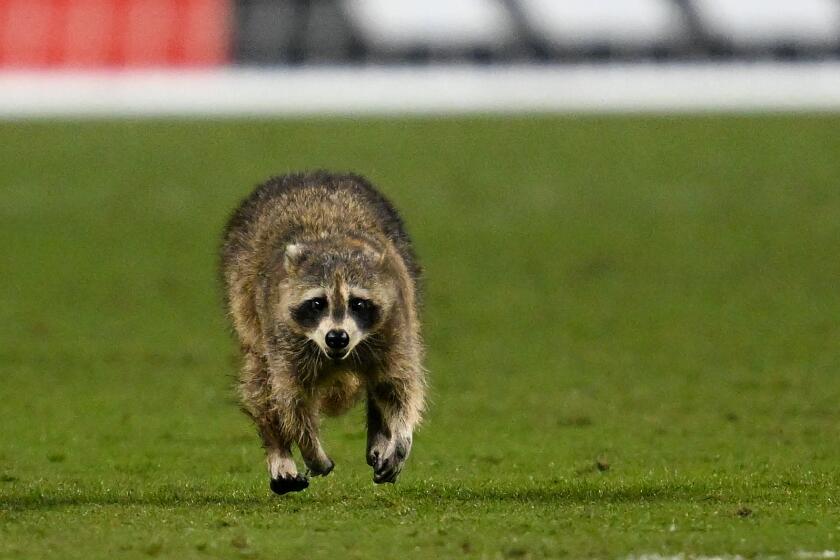A Reconnection With Nature--and With the Meat on the Table
Jack London once wrote a short story about a general strike in turn-of-the-century San Francisco in which union members and their families stockpile food and bring all transportation to a halt. The rich discover they can’t eat money. One hungry band of Nob Hill nabobs flees south into the country. They pass a field with a cow in it and remember dimly that cows are what beefsteaks come from.
Clumsily, horribly, they kill the animal with knives and hatchets. Too hurried and ignorant to butcher it properly and cook it, they chew raw hunks of meat, get sick, then leave most of the carcass behind and stagger on, hungry still.
These men’s total alienation from nature, from animal life and from the true sources of human nourishment, lies at the furthest extreme from the attitudes Richard Nelson advocates and exemplifies in “Heart and Blood: Living With Deer in America.”
Nelson, a cultural anthropologist who learned subsistence hunting from Native American tribes in Alaska, is “obsessed with deer,” and in this lyrical yet solidly informative book, the author of “The Island Within” does his best to make his obsession our own.
Nelson crisscrossed the country gathering information on all aspects of humankind’s interaction with deer, getting widely disparate people to talk to him.
Through his eyes, we visit an island in the Pacific Northwest where scientists tally practically every nibble of food the deer browse. We visit Midwestern farms where deer--rebounding in numbers--are viewed as “corn rats,” agricultural pests.
We follow Wisconsin hunters on the opening day of deer season and return in the company of animal-rights activists bent on sabotaging the hunt.
We see how willingness to thin the herd has kept animals and their habitat in balance on Angel Island in San Francisco Bay, and how indecision on this issue has affected New York’s Fire Island and other hangouts of “suburban deer.”
In Nelson’s view, a sentimental opposition to hunting isn’t the opposite of the blood-lust that wiped out the passenger pigeon and most buffalo, but rather a different symptom of the same alienation. It’s better for humans--and for the animals they eat--if their relationship on the food chain is honestly faced, even celebrated, he says.
Of course, the kind of life Nelson lives in the wild is increasingly unavailable to the rest of us, marginalized by all the forces of modern society. We can participate in it only vicariously, and the fullness of this experience in “Heart and Blood” is proof of Nelson’s skill as a naturalist and writer, his ethical sensitivity and his willingness to listen to, if not embrace, contrary opinions.
Even readers who would never draw a bead on a deer will come to understand his elation when, as a young man, he returned by dog sled to Wainwright, Alaska, after a winter hunt with the Inupiaq Indians:
“This was the first time I had ever taken full responsibility for the process of feeding myself: finding the animal, hunting it, field-dressing and transporting it, butchering the meat, cooking it, and then eating it. I sat in my tiny house, caribou meat steaming on the plate, and at last I comprehended where my life came from.”



